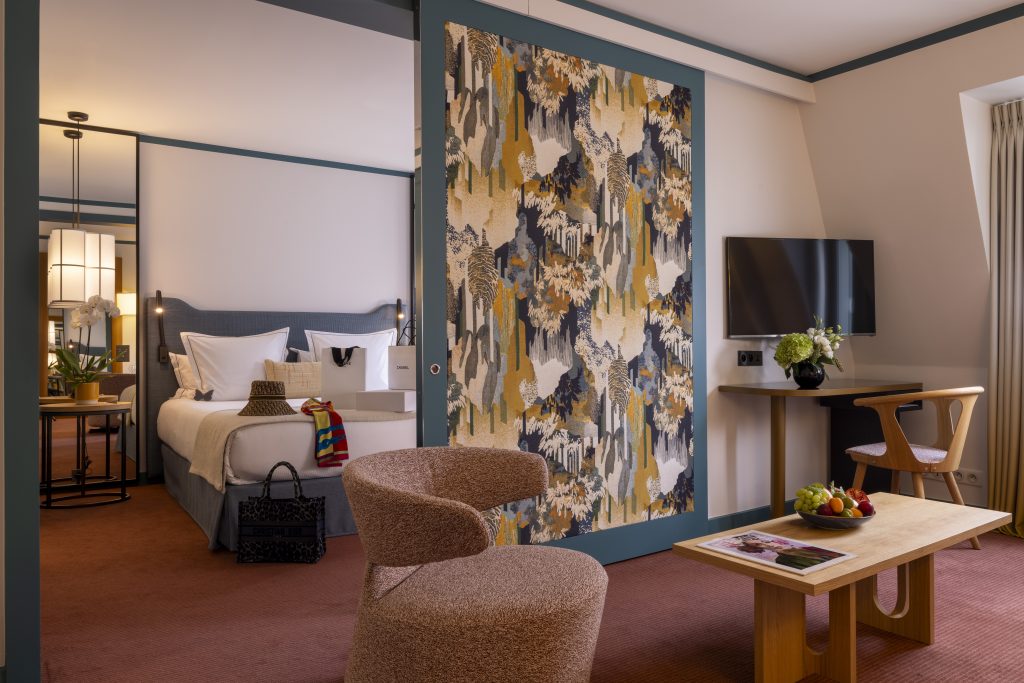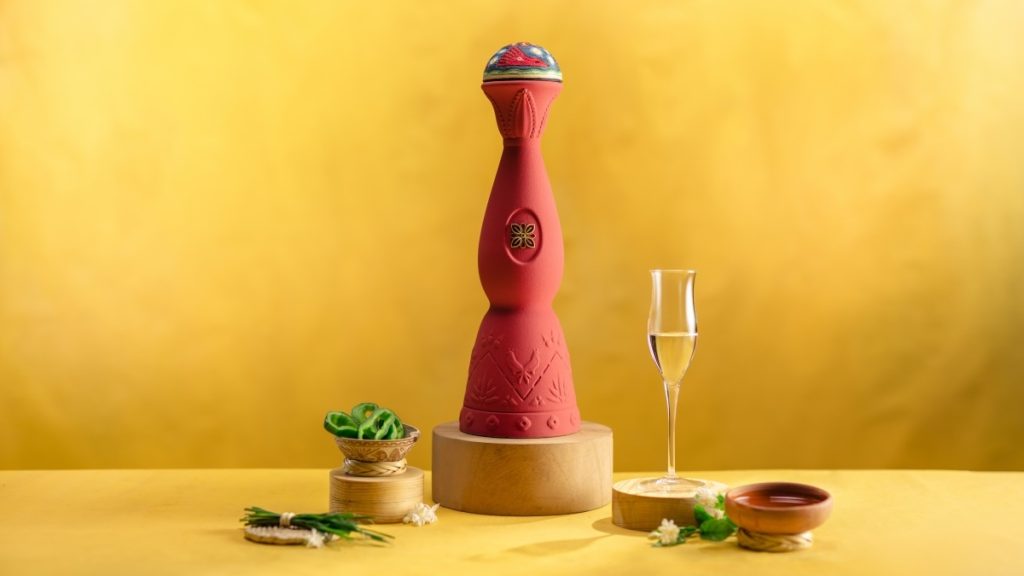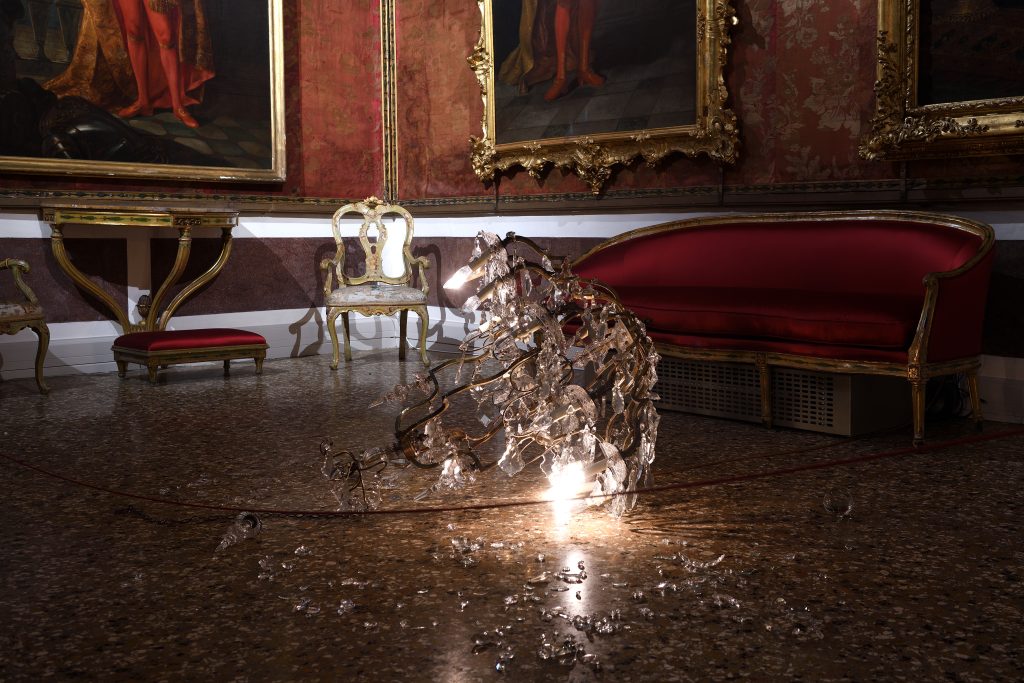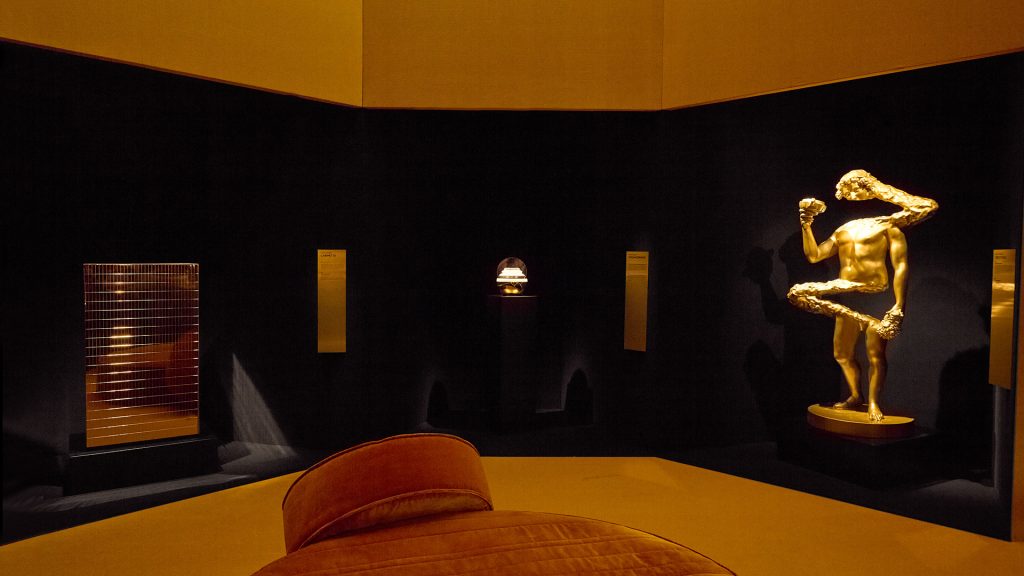Contemporary Design at the SO/ Paris Hotel
Each of the 162 rooms and suites comes with a remarkable view of the French capital

Some people’s dream accommodation in Paris might include meandering up the streets of Montmartre to an eccentric “hôtel particulier” or pausing upon the historic grandeur of a palace in Place Vendôme—and yet it is the recently opened SO/ Paris Hotel, within the towering concrete Morland Mixité Capitale building (constructed in 1955 as an administrative center and redeveloped by this year’s Pritzker Architecture Prize winner, David Chipperfield), that grants the most empowering connection to the city. Its position in the 4th arrondissement, quite close to the banks of the Seine, and its well-utilized height (rooms and suites only occupy floors seven to 14) both translate to enlightening views—of Île Saint-Louis, the Effiel Tower and beyond—that travelers can’t find anywhere else.

SO/ Paris does’t feel like any other hotel in the French capital. This sensation is due not only to the grid-like facade, but what comes after—from the spacious lobby dressed in luxuriant materials and peppered with iconic furniture pieces and fine art, to the nurturing nuances of the 162 rooms and suites. Even the rooftop restaurant and nightclub, Bonnie, with its 360-degree views, retro decor and a site-specific Olafur Eliasson installation (a twist on a mirrored ceiling named “The Seeing City”), defies all expectation. It’s Paris as tourists (and likely locals) have never seen it before.
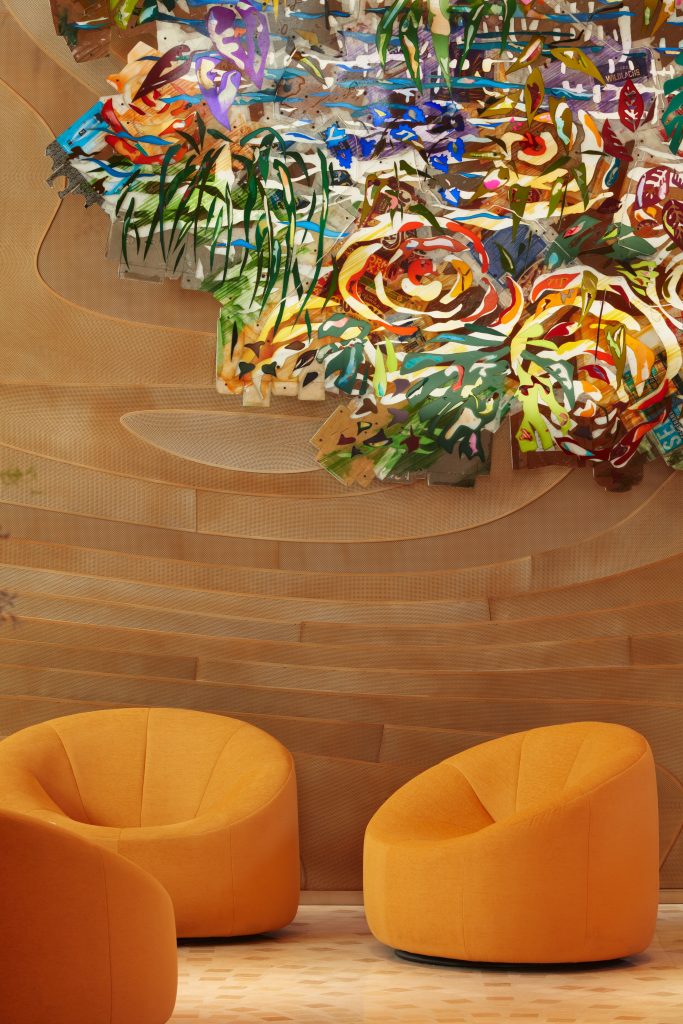
Much of the property’s refined, expressive style comes from the work of award-winning Paris-based interior architecture and design firm RDAI, who won a 2018 competition to imagine the interiors of the hotel. Denis Montel, RDAI’s artistic and general director, and Julia Capp, the firm’s associate general director, together tell COOL HUNTING, “For the first SO/ Hotel in France, we spontaneously immersed ourselves in the historical context of the site and the building, the beautiful Seine River and, of course, the city of Paris.”

“Overall, we selected noble materials with a strong presence of natural materiality, particularly stone and wood—timeless materials that develop a patina over time,” Montel and Capp continue. “We alternated between matte and reflective materials. The lobby walls are clad in amber glass and the floor is effectively covered with terrazzo paving with marble inserts in a typical Parisian pattern.”
Though the furniture selection is composed of recognizably high-end designer pieces, they unite to form a relaxed, lounge-like environment. “When we were designing the project, SO/ required that the space be multi-functional, so the choice of the furniture therefore responds to this and can be removed as required if the whole lobby is to be used for an event,” they say. “We chose natural colors and materials which dialogue with the terrazzo and the bronze-colored metal wall topography with touches of complementary bright colors in the fabrics.”
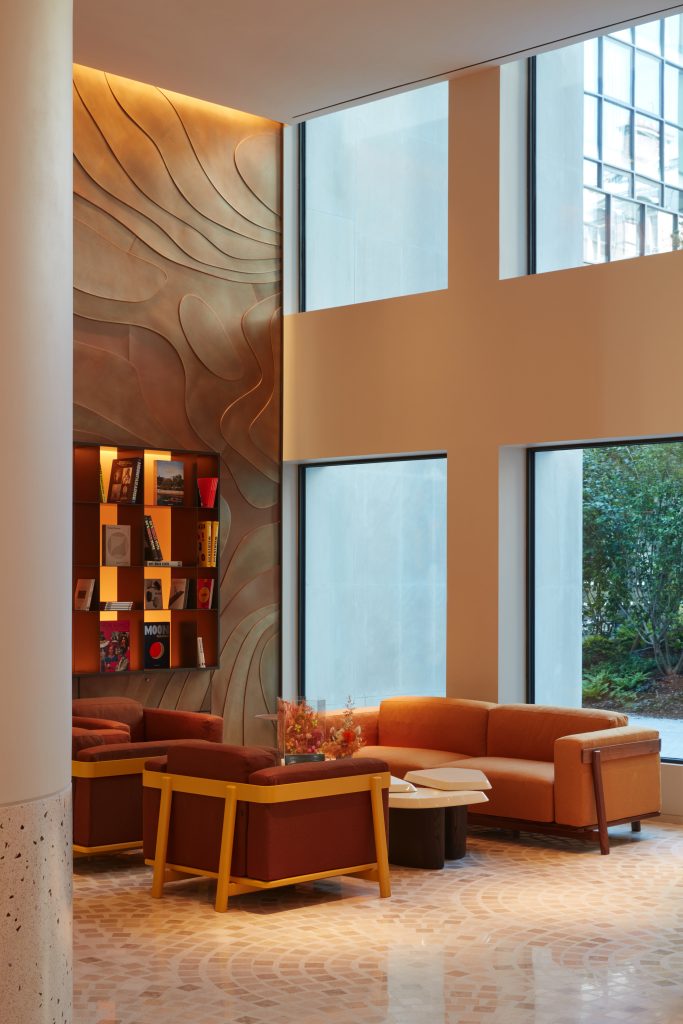
The Seine inspired the shapes—both monumental and subtle—that visitors encounter upon entry. “This spectacular lobby entrance honors its setting on the Paris riverside, infused with details that firmly anchor the decor in classic Parisian architecture,” they continue. “Every line and curve is intentional, coming together to create a world that is familiar yet novel. Bedecked with concentric rings that evoke rippling water on an otherwise calm surface, the front door recalls the decorative metalwork of certain Parisian buildings.” Throughout, minimalism blends with a quiet futurism as guests pass through “a passageway of soaring tulip like columns.”
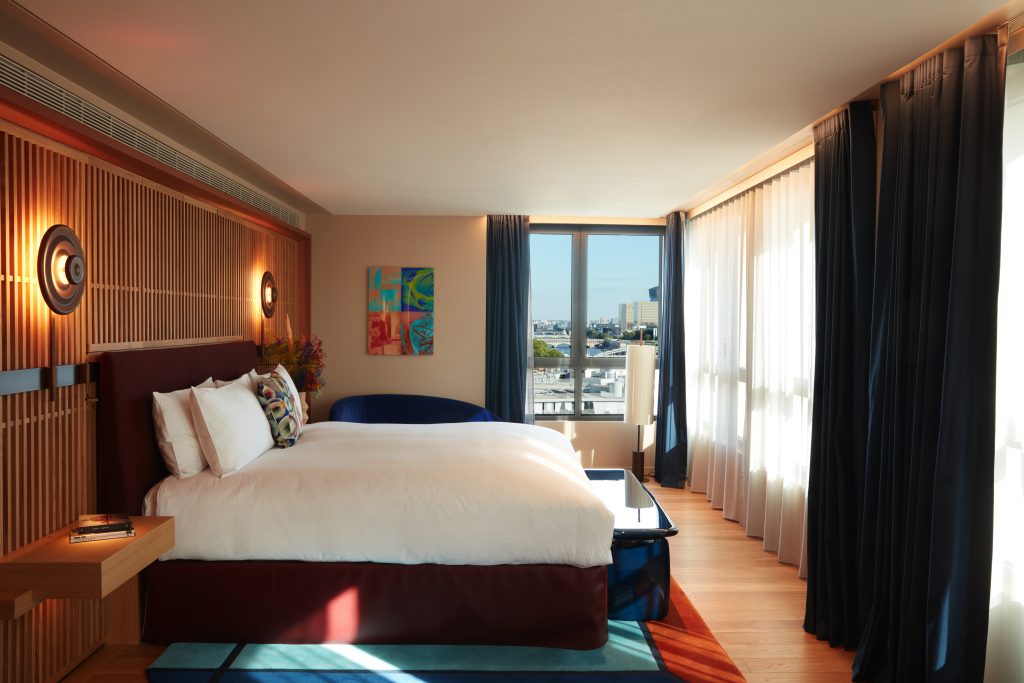
Though the hotel’s hallways are monochromatic, in matte brown lacquer, “the rooms are very colorful, bright and warm combining wood, marble, ceramic and shimmering textile,” the RDAI team explains. Our room was adorned in rich tones and lavish textures. It was, of greatest importance, also comfortable and supported by high-quality amenities.

According to Montel and Capp, every color decision in the rooms refers to Paris. The team was inspired by “the vibration of the city,” they explain. “The shimmering color palettes are a variation of the hues of light: blues of the river and the zinc roofs, brick evoking the Parisian buildings and yellow from the city lights at night.” It’s a poetic translation, yet effective.
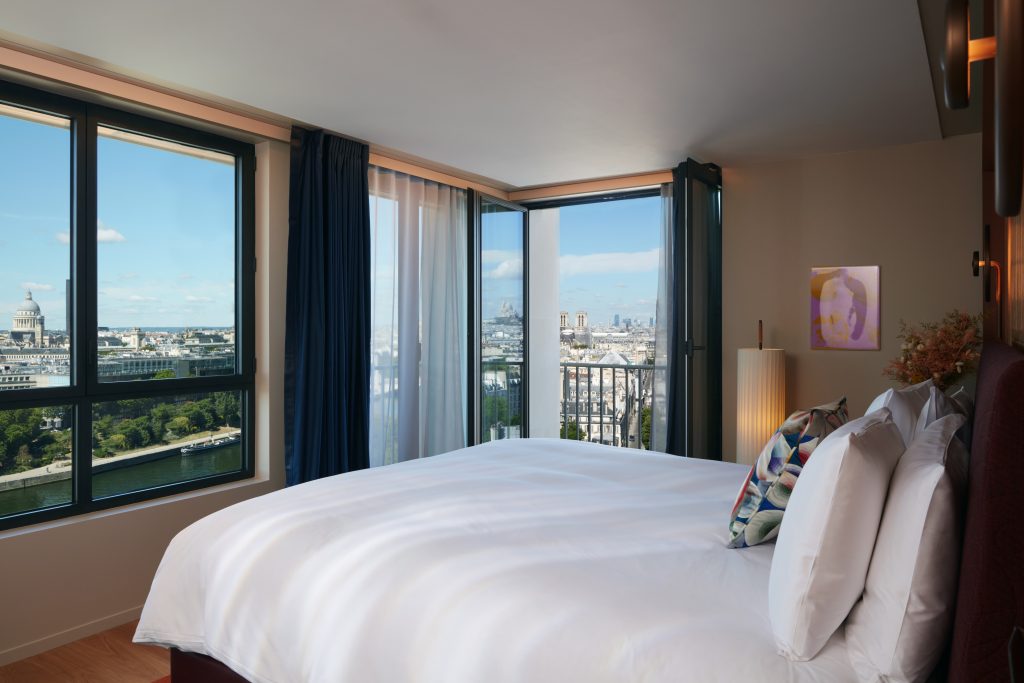
“The hotel rooms are the embodiment of understated elegance where the view is the star” they continue. As such, the entire color experience is built around what exists outside the window. This even motivated the room and suite entryway color. They explain, “Open the door into a deliberately somber cognac, coffee-toned corridor, and a dazzling panoramic vista appears as one discovers an urban landscape framed by oversized windows.”
“Highlighting the views and framing Paris was essential in the development of the plans of the rooms and suites,” they say. “All access doors to the rooms are in the axis of the windows and therefore to the views. All bathrooms are semi-open to allow visual escapes on the outside. During the day the rooms are bathed in natural light. By night the city lights that sparkle offer a magnificent panorama.”

SO/ Paris is more than the exceptional views it provides. Service is attentive and the staff members (dressed in uniforms by beloved fashion designer Guillaume Henry) are informed and friendly. The food at Bonnie, which serves breakfast and dinner, is fresh and delicious. During the day, guests can slip into the pool at the spa level and by night they can head upstairs for a cocktail or tuck into the plush bedding and fall asleep to the glow of the city.
Hero image courtesy of Jeremie Leon

